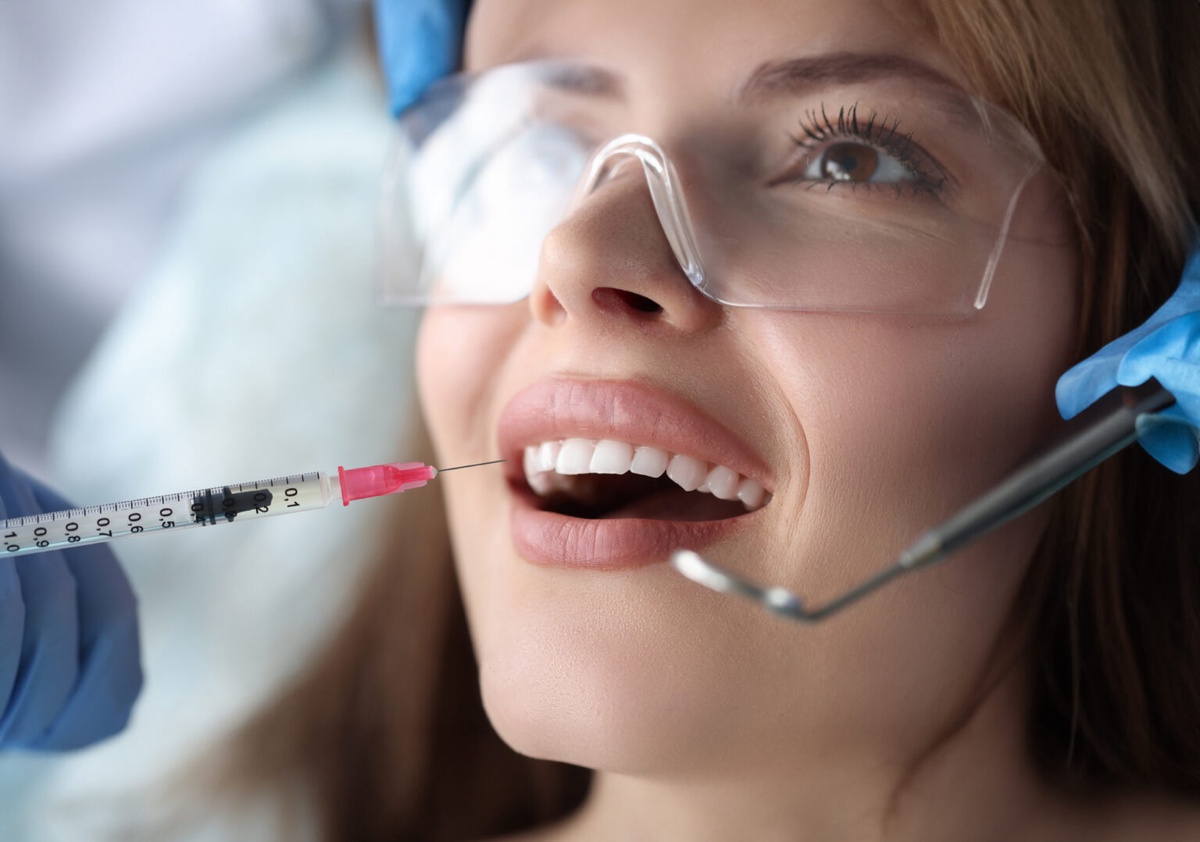Dental procedures can be a source of anxiety and discomfort for many patients. To address these concerns and ensure a pain-free and anxiety-free experience, dentists offer anesthesia and sedation options. In this comprehensive guide, we will explore the different types of anesthesia and sedation used in dentistry, their benefits, and what to expect during your dental visit.
Understanding Anesthesia and Sedation:
- Local Anesthesia: Local anesthesia is the most common type used in dentistry. It involves injecting a numbing agent, typically lidocaine, near the treatment area. This numbs the nerves in the specific region, allowing the dentist to perform the procedure painlessly.
- Sedation: Sedation is the use of medications to induce a state of relaxation and reduced consciousness. It helps anxious patients stay calm and comfortable during dental procedures.
Types of Sedation:
- Nitrous Oxide (Laughing Gas): Nitrous oxide, often called "laughing gas," is inhaled through a mask placed over the nose. It produces a mild and quick-acting state of relaxation. Patients remain conscious and can respond to instructions during the procedure.
- Oral Sedation: Oral sedation involves taking prescribed medication (usually a pill) before the dental appointment. This type of sedation can range from minimal to moderate, depending on the medication and dosage. While patients are conscious, they may feel drowsy and relaxed, often with limited memory of the procedure.
- Intravenous (IV) Sedation: IV sedation is administered through a vein, allowing the dentist to control the level of sedation. Patients often remain conscious but are in a deeply relaxed state. IV sedation is commonly used for more complex dental procedures.
- General Anesthesia: General anesthesia renders the patient completely unconscious and is usually administered in a hospital or surgical center. It is reserved for the most extensive dental surgeries or for patients with severe anxiety or special medical needs.
Benefits of Anesthesia and Sedation in Dentistry:
- Pain Relief: The primary benefit of anesthesia is that it eliminates pain during dental procedures, making treatment more comfortable for the patient.
- Anxiety Reduction: Sedation can significantly reduce anxiety and fear associated with dental visits. It helps patients feel more at ease, allowing the dentist to complete treatment with minimal stress.
- Time Efficiency: Anesthesia and sedation can help the dentist work more efficiently, often enabling multiple procedures to be done in one appointment.
- Improved Access: Numbing agents and sedation make it easier for the dentist to access the treatment area and perform the necessary work.
- Memory Suppression: Sedation can cause temporary amnesia, which is beneficial for patients who experience dental phobia or anxiety.
What to Expect During Your Dental Visit with Anesthesia or Sedation:
- Consultation: Before the dental procedure, you will have a consultation with your dentist to discuss the type of anesthesia or sedation recommended for your specific case. This is an opportunity to ask questions and express any concerns.
- Preparation: If you are receiving sedation, your dentist will provide instructions on how to prepare for your appointment. This may include fasting for a certain period before the procedure.
- Administration: The chosen anesthesia or sedation method will be administered by the dentist or a trained anesthetist. For local anesthesia, the dentist will inject the numbing agent directly into the treatment area. For sedation, you may receive the medication orally, through inhalation, or via an IV.
- Monitoring: During the procedure, your vital signs (heart rate, blood pressure, and oxygen levels) will be closely monitored to ensure your safety.
- Recovery: After the procedure, you will be carefully monitored in a recovery area until the effects of the anesthesia or sedation wear off. This ensures that you are alert and stable before leaving the dental office.
Risks and Considerations:
While anesthesia and sedation are generally safe, it is essential to be aware of potential risks and considerations:
- Allergic Reactions: Some individuals may be allergic to certain anesthetic agents or sedatives. Always inform your dentist of any known allergies or sensitivities.
- Medication Interactions: Inform your dentist of any medications you are currently taking, including over-the-counter drugs and supplements. Some medications can interact with anesthesia and sedation.
- Side Effects: Sedation may cause side effects such as dizziness, drowsiness, and temporary memory loss. It is advisable not to operate heavy machinery, drive, or make important decisions for the remainder of the day after receiving sedation.
- Age and Health Considerations: Some individuals, such as young children, the elderly, and those with specific medical conditions, may require special considerations when administering anesthesia and sedation.
- Informed Consent: It is crucial to understand the risks, benefits, and alternatives to anesthesia and sedation. Best dental office will provide informed consent forms that outline these details for you to review and sign before the procedure.
Conclusion
Anesthesia and sedation play a significant role in ensuring a comfortable and stress-free dental experience for patients. They are valuable tools that help dentists provide effective treatment while minimizing pain and anxiety. Whether you require a routine dental procedure or a more complex treatment, discussing the options for anesthesia or sedation with your dentist can lead to a more positive dental experience, improving your oral health and overall well-being.


No comments yet